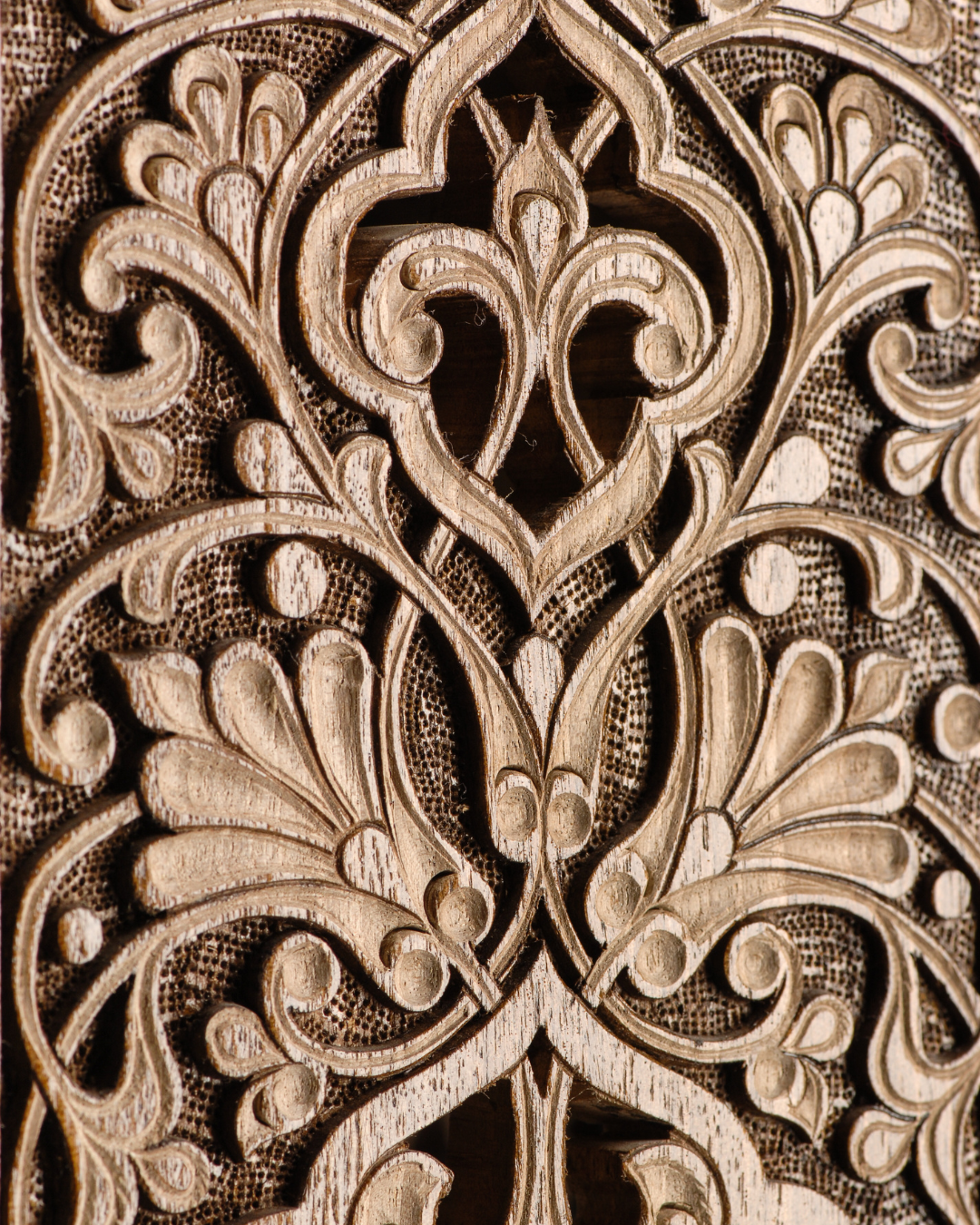
Galician Wood Carving: A Tradition of Craftsmanship and Heritage
Share
Galicia, a region in northwestern Spain, is known for its deep cultural traditions, one of which is wood carving. This ancient craft has been passed down through generations, combining artistry and functionality to create religious figures, decorative pieces, and architectural elements. Galician wood carving reflects the region’s history, mythology, and deep connection to nature.
In this blog, we explore the history, techniques, and cultural significance of Galician wood carving.
The History of Galician Wood Carving
Wood carving in Galicia dates back to prehistoric times, when early inhabitants crafted wooden tools and religious symbols. During the Middle Ages, the craft flourished with the construction of churches and monasteries, where master artisans created intricate altarpieces, statues, and choir stalls.
By the 19th and 20th centuries, wood carving became an essential part of folk art, with rural artisans crafting everyday items, from furniture to decorative panels, featuring traditional Galician motifs.
The Art of Wood Carving
Materials Used
-
Native woods – Oak, chestnut, and walnut are commonly used due to their durability and beauty.
-
Traditional carving tools – Chisels, gouges, and mallets, often handmade.
-
Natural finishes – Linseed oil and beeswax to enhance and protect the wood.
Carving Techniques
Galician artisans employ various techniques depending on the purpose of the piece:
-
Relief carving – Common in religious and architectural works.
-
Sculptural carving – Used for statues, mythological figures, and saints.
-
Geometric and floral patterns – Often found in traditional Galician home decor and furniture.
The Cultural Significance of Wood Carving
Religious and Mythological Influence
Many Galician wood carvings are inspired by Celtic and Christian traditions. Churches and historic sites feature intricately carved altarpieces, saints, and crosses, while some artisans incorporate Celtic knots, ancestral symbols, and mythical creatures in their works.
Traditional Uses in Daily Life
-
Furniture and chests – Decorated with Galician motifs and symbols of protection.
-
Hórreos (granary carvings) – Many wooden hórreos feature intricate woodwork as part of their structure.
-
Walking sticks and figurines – Popular souvenirs that carry cultural significance.
Where to Experience Galician Wood Carving
-
Santiago de Compostela – Visit workshops and religious sites with historic wood carvings.
-
Museo do Pobo Galego (Museum of the Galician People) – Showcasing traditional woodwork and craftsmanship.
-
Local artisans and markets – Handcrafted pieces are sold at fairs and workshops throughout Galicia.
Conclusion
Galician wood carving is more than just a craft—it is a living tradition that embodies the soul of Galicia. Whether in religious sculptures, decorative furniture, or folk art, the artistry and skill of Galician woodworkers continue to be celebrated and preserved.
If you ever visit Galicia, take the time to explore its rich wood carving heritage, and perhaps take home a beautifully handcrafted piece as a lasting memory of this timeless tradition.
